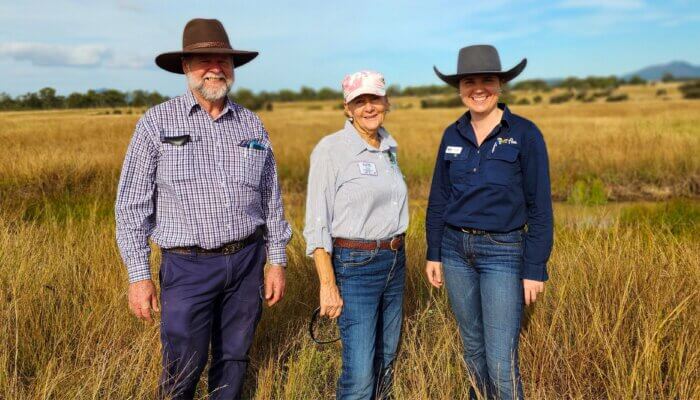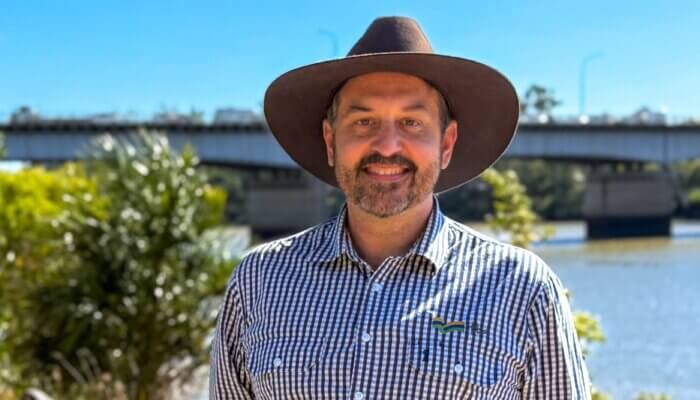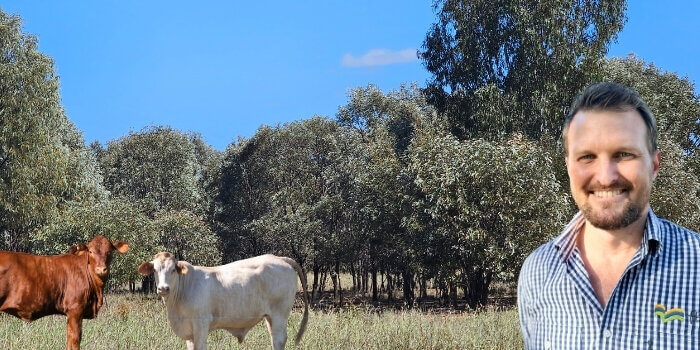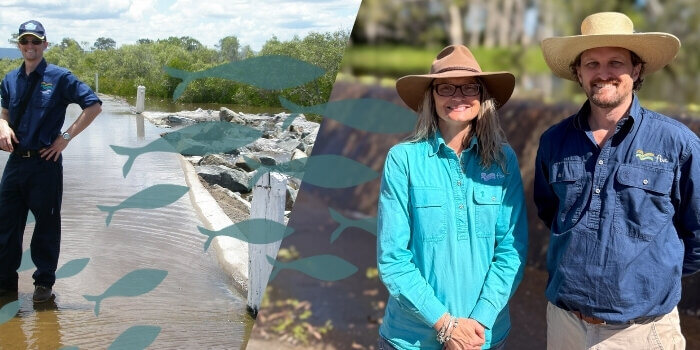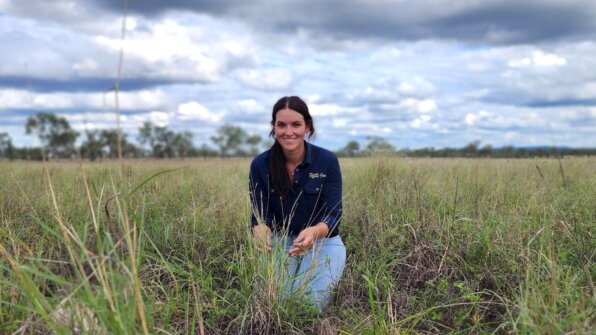
How AI Could be the Key to Understanding King Blue Grass
Posted on April 8th, 2025
FBA is looking to harness the power of artificial intelligence to better understand an endangered native grass endemic to central and southern Queensland.
King Blue Grass (Dichanthium queenslandicum) is a perennial grass that has experienced a significant decline in its distribution since European settlement.
Agricultural and mining developments together with linear infrastructure such as roads, railways and power lines have all contributed to this decline. Exotic pasture grasses, aka Buffel Grass, and invasive weeds such as Parthenium and Parkinsonia present as major threats to the survival of King Blue Grass.
There is significant uncertainty within the research community about the status of King Blue Grass across much of its known range, which extends from Biloela, west to Rolleston, Springsure and Emerald, and north to Clermont, Moranbah and Nebo within the Fitzroy Region.

Central Queensland Natural Resource Management organisation, FBA, is leading a working group of key scientists from Astrebla Ecological Services, Department of the Environment, Tourism, Science and Innovation, Hansen Botanical Assessments (HBA), Queensland Herbarium, Threatened Plant Network Queensland and the University of Queensland on a two-year project to address knowledge gaps on the status, population trends and distribution patterns.
FBA Environment Project Officer Anjelica Jones said this will be achieved through workshops with knowledge experts, targeted species surveys, engaging local land managers, and seed collection, which are funded under the Australian Government Saving Native Species Program.
The project leverages off the Protecting King Blue Grass program coordinated by FBA in Albinia National Park in 2022-2023.
Anjelica said FBA is currently exploring new and innovative ways to survey where the grass persists as an add-on to the Saving Native Species project.
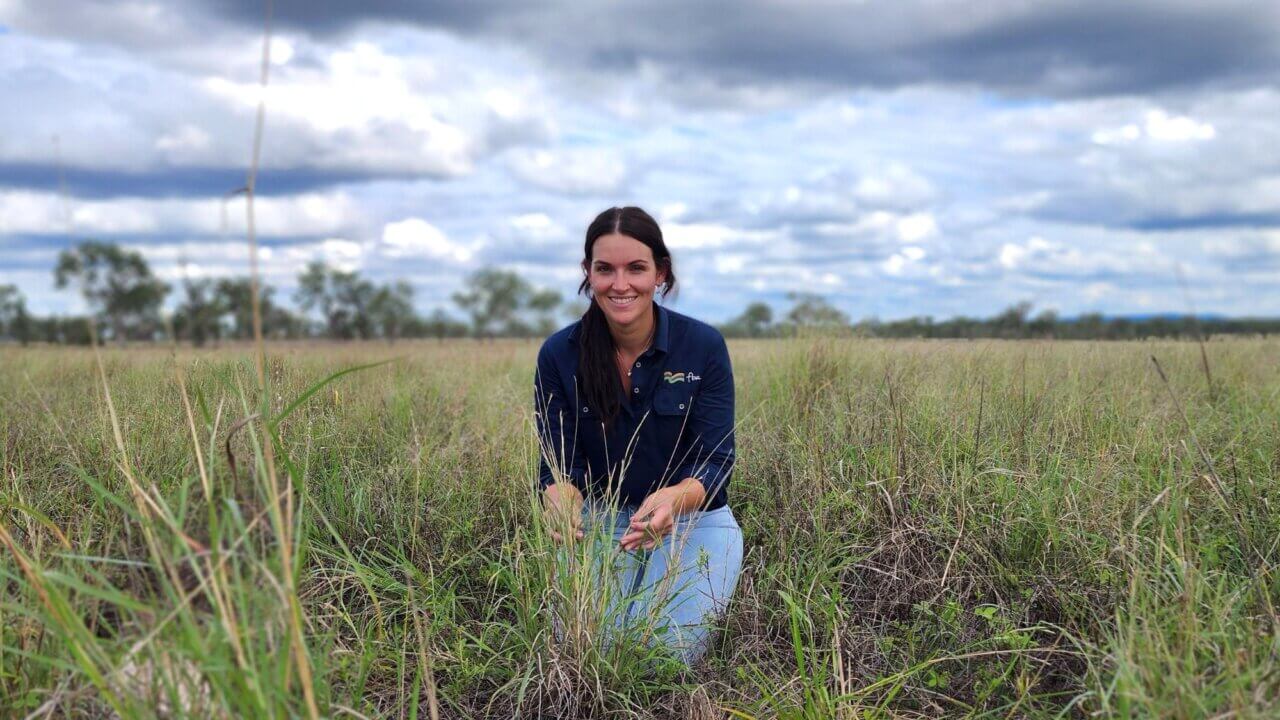
“We are looking into a drone survey to capture King Blue Grass and creating the AI to be able to identify it,” she said.
“A lot of King Blue Grass has been lost. We need to identify if it is still where it once was known to be.
“AI is being used by other leading organisations and has the potential to immensely improve conservation efforts.”
Anjelica said it was important for King Blue Grass seed to be collected throughout the project to reduce the risk of extinction.

“We don’t want to see any of our species go extinct,” she said.
“King Blue Grass plays a vital role in maintaining grassland ecosystems by supporting biodiversity, stabilising soils, and providing habitat for native fauna.
“Its presence indicates grassland health, contributes to sustainable grazing systems, and enhances ecosystem resilience to climate and land use changes.”
HBA Principal Consultant, Chris Hansen, said having seed stock available to be able to replant alternate areas of suitable habitat and/or rehabilitate degraded natural grassland areas is critical to the survival of this species.

“It enhances and solidifies known populations, expands on known populations and ensures we know where these populations are located and could be relocated,” he said.
“It gives us a mechanism to strengthen those populations and recover areas that would have been potentially lost.”
Chris said King Blue Grass is a distinctive and somewhat iconic grass of natural grasslands in central Queensland, with a striking and somewhat unique inflorescence.
He said the grass is highly palatable and preferentially targeted by cattle.
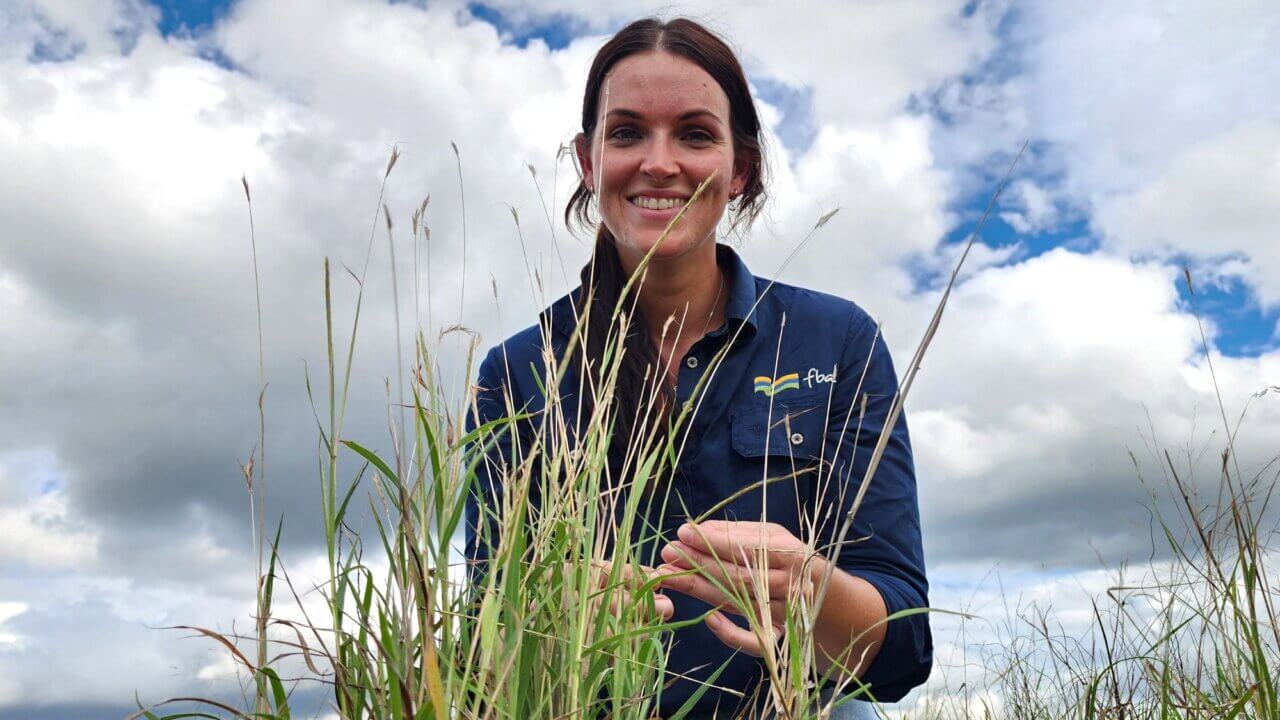
Anjelica said the project is guided by the existing Conservation Advice for King Blue Grass.
“King Blue Grass is endemic to Queensland,” she said.
“It is an important part of our landscape and the ecosystems we have here.
“This is an exciting program that brings together key experts and innovative methodology which aims to inform and improve the efficiency of future conservation efforts in our back yard.”
This project is funded under the Australian Government Saving Native Species Program and delivered by FBA.






